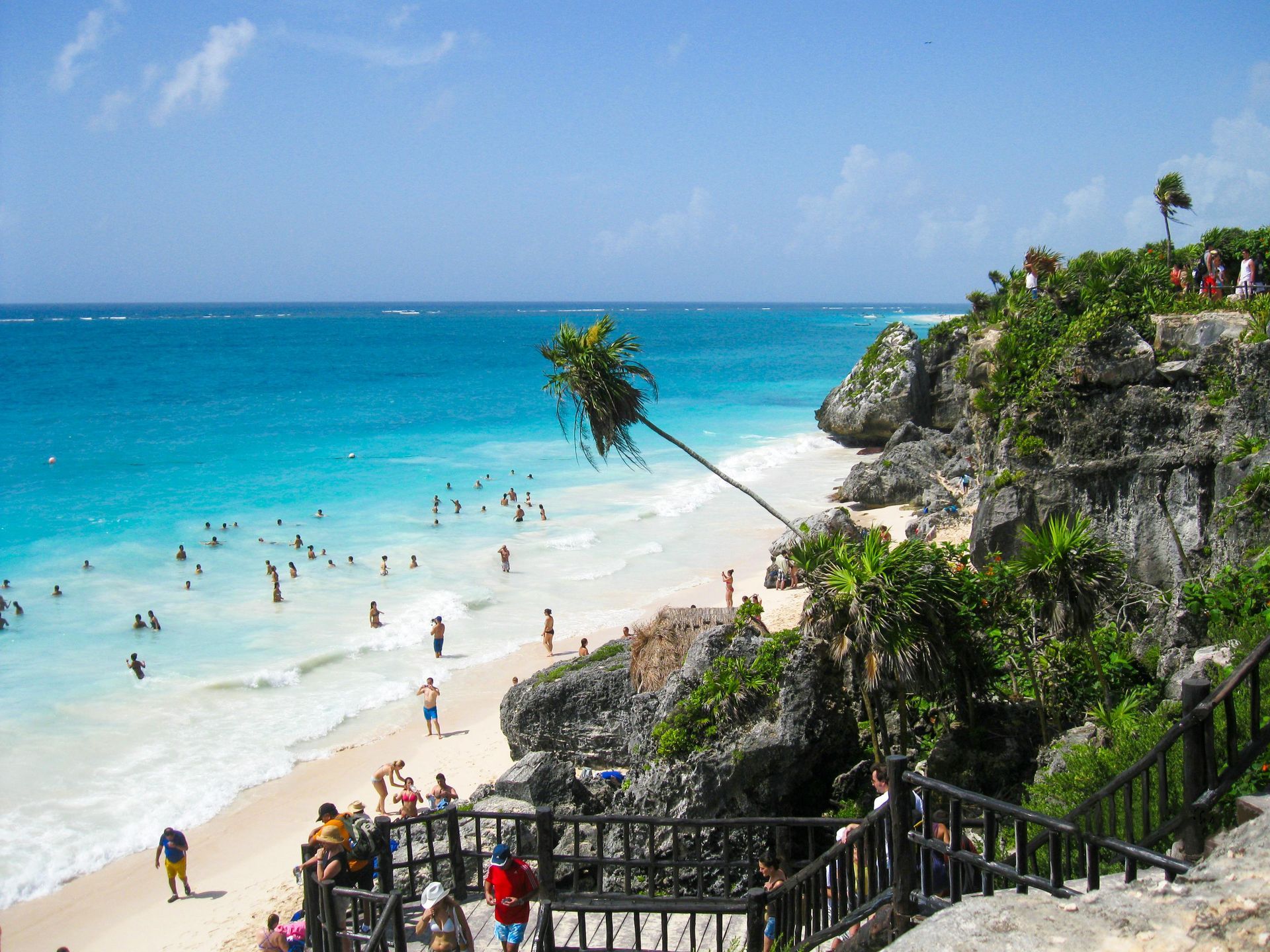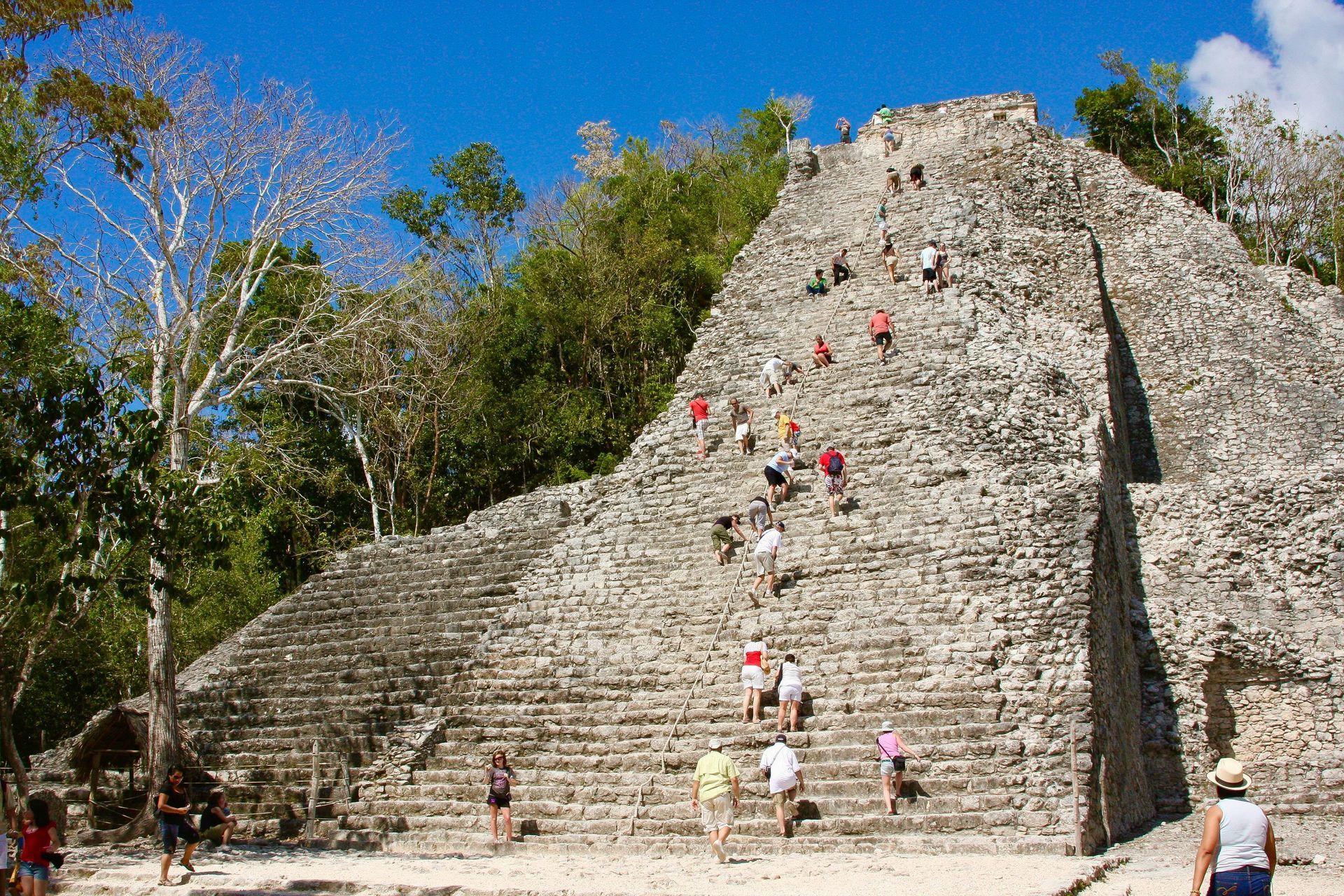Tulum: Boho-Chic Paradise on the Rise – Balancing Growth with Sustainability
Introduction
Tulum, nestled on the pristine shores of Mexico's Riviera Maya, has long been a haven for travelers seeking a unique blend of natural beauty, ancient history, and eco-conscious living. Once a tranquil fishing village and gateway to the majestic Mayan ruins, Tulum has undergone a dramatic transformation in recent years, evolving into a global hotspot for luxury tourism, digital nomads, and international investors. This rapid ascent presents both exciting opportunities and formidable challenges as stakeholders grapple with the delicate balance between fostering economic growth and preserving Tulum's fragile ecosystem and cultural heritage.
The Rapid Transformation of Tulum
Tulum's journey from a sleepy coastal town to a world-renowned destination has been nothing short of remarkable. In the early 2000s, it was a backpacker's paradise, known for its laid-back atmosphere and pristine beaches. However, the past decade has witnessed a surge in luxury tourism, with Tulum becoming synonymous with Instagram-worthy beaches, bohemian-chic resorts, and vibrant festivals (Lincoln Global Partners, 2024).
Population Growth and Urbanization
This burgeoning popularity has fueled a significant population boom. Tulum's population has surged by 65% over the past decade, currently exceeding 46,000 residents, and projections indicate this number could double by 2050 (Lincoln Global Partners, 2024). This rapid influx has spurred urbanization, with new neighborhoods, hotels, and businesses emerging at an unprecedented pace.
Infrastructure Investments
Two major infrastructure projects are poised to further accelerate Tulum's growth:
- The Mayan Train: This ambitious $6.8 billion rail project, slated to open in late 2025, will connect Tulum to major tourist hubs like Cancún and Playa del Carmen, facilitating travel for both tourists and locals (Lincoln Global Partners, 2024).
- Tulum International Airport: Scheduled for completion by 2026, this new airport will establish direct connections between Tulum and global markets, reducing reliance on Cancún International Airport and stimulating further economic expansion (Lincoln Global Partners, 2024).

Luxury Meets Eco-Consciousness
Luxury development has taken center stage in Tulum, with high-end eco-resorts, private villas, and wellness retreats catering to affluent travelers and digital nomads seeking a sophisticated yet sustainable lifestyle (Blue Palm Real Estate, n.d.). Many developers are embracing sustainable design principles, integrating solar energy, rainwater harvesting, and low-impact architecture to minimize their environmental footprint and blend seamlessly with the natural surroundings (Nativa Tulum, n.d.).
Economic Opportunities for Real Estate Investors
Tulum's growing popularity has ignited a real estate boom, attracting investors seeking high returns driven by the increasing demand for vacation rentals and eco-friendly properties (Plalla Real Estate, n.d.).
- The Appeal of Short-Term Rentals: Vacation rentals have emerged as a lucrative opportunity in Tulum. Platforms like Airbnb report consistently high occupancy rates, particularly during peak travel seasons, as tourists seek unique accommodations that combine luxury with nature, such as treehouses, beachfront villas, and jungle lodges (Plalla Real Estate, n.d.).
- Pre-Construction Developments: Pre-construction real estate offers investors the chance to purchase properties at discounted rates before completion, often with flexible payment plans, making it an attractive entry point into the market (Plalla Real Estate, n.d.).
- Mixed-Use Developments: Developers are increasingly focusing on mixed-use projects that integrate residential, commercial, and recreational spaces. These "mini-communities" appeal to both residents and long-term visitors, offering amenities like co-working spaces, yoga studios, and organic markets (Plalla Real Estate, n.d.).
The Challenges of Rapid Growth
While Tulum's growth presents exciting opportunities, it also brings significant challenges that must be addressed to ensure its long-term sustainability and success.
Environmental Concerns
Tulum's fragile ecosystems, including mangroves, cenotes, and coral reefs, are under increasing pressure from overdevelopment.
- Water Pollution: Tulum relies heavily on underground water systems, which are vulnerable to contamination from poorly managed sewage and construction waste (Inmobilia, 2025).
- Deforestation: Rapid construction has led to the clearing of jungle areas, disrupting local wildlife habitats and contributing to biodiversity loss (Nativa Tulum, n.d.)
- Overtourism: The influx of millions of tourists each year strains Tulum's natural resources and infrastructure, generating waste and pollution (Nativa Tulum, n.d.).
Affordable Housing for Locals
As real estate prices soar, driven by the demand for luxury developments, many locals struggle to find affordable housing, forcing them to relocate or face economic hardship (Blue Palm Real Estate, n.d.).
Balancing Tourism and Culture
Tulum's Mayan heritage is an integral part of its identity. However, the rapid commercialization of the region risks overshadowing its cultural significance. Ensuring that local traditions, crafts, and customs remain interwoven with the tourism experience is crucial for preserving Tulum's authenticity (Nativa Tulum, n.d.).

Striving for Sustainability: What's Being Done?
Recognizing these challenges, Tulum's leaders, developers, and activists are taking proactive steps to mitigate the negative impacts of rapid growth and promote sustainable practices.
Eco-Friendly Development Practices
Many new developments prioritize sustainability, incorporating features such as:
- LEED-Certified Buildings: Utilizing energy-efficient designs and materials to minimize environmental impact (Inmobilia, 2025).
- Green Infrastructure: Implementing permeable paving, natural ventilation, and solar energy to reduce energy consumption and reliance on fossil fuels (Inmobilia, 2025).
- Reforestation Efforts: Developers are engaging in reforestation initiatives to offset deforestation and restore damaged ecosystems (Inmobilia, 2025).
Community-Led Initiatives
Local organizations are playing a vital role in protecting Tulum's environment and cultural heritage through:
- Environmental Education Programs: Raising awareness about conservation and sustainable practices among residents and tourists (Nativa Tulum, n.d.).
- Sustainable Tourism Campaigns: Encouraging visitors to minimize their environmental footprint through responsible travel behaviors (Nativa Tulum, n.d.).
Government Regulations
The Mexican government has implemented measures to regulate growth and protect the environment, including zoning laws and environmental impact assessments, aiming to balance development with preservation (Nativa Tulum, n.d.).
The Role of Real Estate and Tourism Professionals
Real estate and tourism professionals have a crucial role to play in shaping Tulum's future by:
- Promoting Responsible Investments: Investing in projects that prioritize sustainability, affordability, and cultural preservation, partnering with developers committed to eco-friendly practices and ethical business operations.
- Supporting Local Communities: Collaborating with local artisans, businesses, and organizations to ensure that the economic benefits of tourism and development are distributed equitably.
- Advocating for Sustainability: Educating clients, colleagues, and partners about the importance of sustainable practices, from green building certifications to low-impact tourism.
- Embracing Long-Term Thinking: Prioritizing long-term value creation over short-term gains by investing in infrastructure, protecting natural resources, and fostering community resilience.
Tulum's Path Forward
Tulum's story is a testament to the transformative power of tourism and investment, but also a cautionary tale about the importance of balancing growth with sustainability. Its rise as a global destination has created economic opportunities, cultural exchange, and a platform for environmental innovation. However, achieving long-term success requires collaboration across all sectors and a shared commitment to preserving Tulum's unique character and natural beauty.
As Tulum continues to evolve, it is imperative to prioritize sustainable practices, protect its fragile ecosystems, and ensure that the benefits of growth are shared equitably among all stakeholders. By embracing responsible development, supporting local communities, and advocating for environmental conservation, Tulum can pave the way for a future where economic prosperity and ecological integrity coexist harmoniously.
Websites for Further Exploration:
References
Blue Palm Real Estate. (n.d.). Sustainable tourism in Tulum. Retrieved from https://www.bluepalmrealestate.com/blog-posts/sustainable-tourism-in-tulum
Inmobilia. (2025, February 1). The sustainable future of Tulum in 2024. Retrieved from https://info.inmobilia.mx/blog/sustainable-future-of-tulum-in-2024
Lincoln Global Partners. (2024, January 16). Tulum's future: A glimpse into unprecedented growth. Retrieved from https://www.lincolnglobalpartners.com/2024/01/16/tulums-future-a-glimpse-into-unprecedented-growth/
Nativa Tulum. (n.d.). Invest in the future: Responsible and sustainable tourism in Tulum and Quintana Roo. Retrieved from https://nativatulum.mx/en/invest-in-the-future-responsible-and-sustainable-tourism-in-tulum-and-quintana-roo/
Plalla Real Estate. (n.d.). Investing in Tulum: 6 key reasons to do it successfully. Retrieved from https://plalla.com/en/why-invest-in-tulum-quintana-roo/
McCarthy, N. (2025, January 9). Tulum used to be for backpackers. Now it's 'boho-chic.' Retrieved from The Washington Post. https://www.washingtonpost.com/travel/2025/01/09/tulum-mexico-tourism-airport-train/




